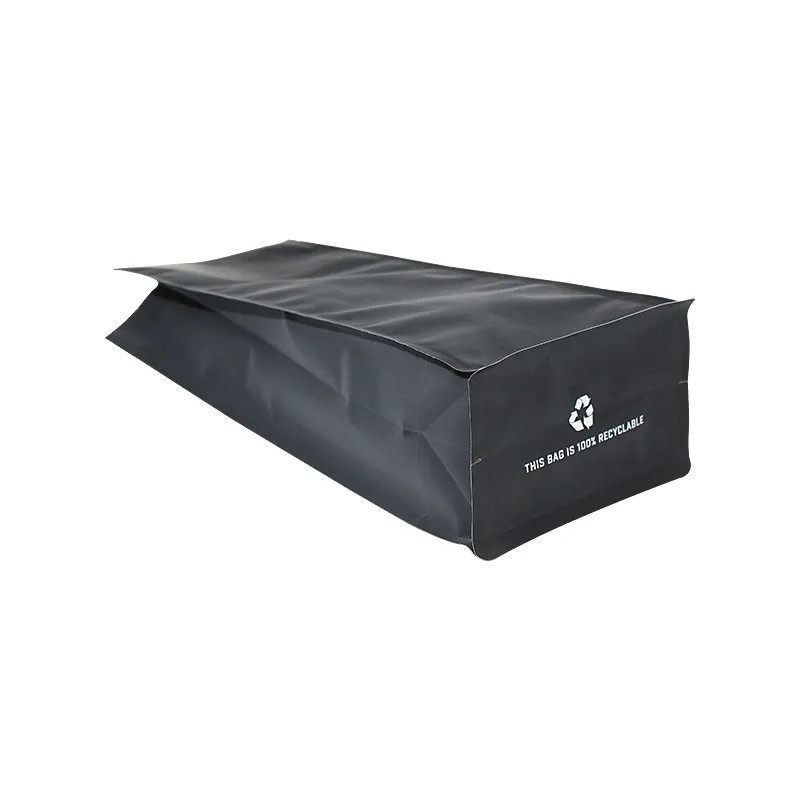- Afrikaans
- Albanian
- Amharic
- Arabic
- Armenian
- Azerbaijani
- Basque
- Belarusian
- Bengali
- Bosnian
- Bulgarian
- Catalan
- Cebuano
- chinese_simplified
- chinese_traditional
- Corsican
- Croatian
- Czech
- Danish
- Dutch
- English
- Esperanto
- Estonian
- Finnish
- French
- Frisian
- Galician
- Georgian
- German
- Greek
- Gujarati
- haitian_creole
- hausa
- hawaiian
- Hebrew
- Hindi
- Miao
- Hungarian
- Icelandic
- igbo
- Indonesian
- irish
- Italian
- Japanese
- Javanese
- Kannada
- kazakh
- Khmer
- Rwandese
- Korean
- Kurdish
- Kyrgyz
- Lao
- Latin
- Latvian
- Lithuanian
- Luxembourgish
- Macedonian
- Malgashi
- Malay
- Malayalam
- Maltese
- Maori
- Marathi
- Mongolian
- Myanmar
- Nepali
- Norwegian
- Norwegian
- Occitan
- Pashto
- Persian
- Polish
- Portuguese
- Punjabi
- Romanian
- Russian
- Samoan
- scottish-gaelic
- Serbian
- Sesotho
- Shona
- Sindhi
- Sinhala
- Slovak
- Slovenian
- Somali
- Spanish
- Sundanese
- Swahili
- Swedish
- Tagalog
- Tajik
- Tamil
- Tatar
- Telugu
- Thai
- Turkish
- Turkmen
- Ukrainian
- Urdu
- Uighur
- Uzbek
- Vietnamese
- Welsh
- Bantu
- Yiddish
- Yoruba
- Zulu
vector file pdf
Understanding Vector Files and Their Role in PDFs
In the realm of digital graphics and design, understanding vector files and their integration into PDF documents can significantly enhance the quality and functionality of your visual projects. This article explores the characteristics of vector files, their advantages over raster images, and how they are utilized within PDF formats.
What Are Vector Files?
Vector files are graphics created using mathematical equations rather than pixels. This fundamental distinction allows vector images to be infinitely scaled without losing quality. Common vector file formats include SVG (Scalable Vector Graphics), EPS (Encapsulated Postscript), and AI (Adobe Illustrator). Vector graphics are ideal for logos, illustrations, and any design that requires resizing to maintain clarity and detail.
One of the primary advantages of vector files is their resolution independence. This means when you scale a vector graphic up or down, the edges remain crisp and clear. In contrast, raster images, which are made up of pixels, may appear blurry or pixelated when enlarged. This quality makes vector files particularly suitable for print media, signage, and other applications where precision and clarity are paramount.
The Role of PDFs in Graphic Design
The Portable Document Format (PDF) is a widely used file format that retains formatting across different platforms and devices. This makes PDFs a popular choice for sharing and printing documents, ensuring that the visual aspects of a document remain intact regardless of the viewer's software or hardware.
PDFs can seamlessly incorporate both vector and raster images, making them flexible for various design applications. When using vector graphics within a PDF, designers benefit from the scalability and high quality that vector files provide. This is especially useful for documents that include graphics which may need to be printed in various sizes without a loss in quality.
vector file pdf

Advantages of Using Vector Files in PDFs
1. High Quality and Resolution Since vector graphics are resolution-independent, they ensure that the images look sharp in any size or format when embedded in a PDF. This is crucial for printed materials, where clarity is essential.
2. Smaller File Sizes Vector graphics often have smaller file sizes compared to high-resolution raster images, making PDFs more efficient to share and store, especially when dealing with large documents or complex designs.
3. Editability Vector files can be easily edited and manipulated in graphic design software like Adobe Illustrator. This flexibility allows designers to make adjustments to color, shape, and layout without starting from scratch.
4. Compatibility Most modern software supports PDF files, making it easy to share documents containing vector graphics across various platforms and applications. This universal compatibility ensures that the intended design remains unchanged when viewed by others.
Conclusion
In summary, understanding the importance of vector files in the context of PDFs is essential for anyone involved in graphic design and digital content creation. The unique properties of vector graphics—such as their scalability, high quality, and smaller file sizes—make them an invaluable asset when creating PDF documents. Whether for digital use or print, maximizing the potential of vector graphics within your PDF files can elevate your design projects, ensuring they make a lasting impression without compromising quality. By harnessing the synergistic relationship between vector graphics and PDFs, designers can create visually appealing, professional-quality documents that stand out in an increasingly digital world.













